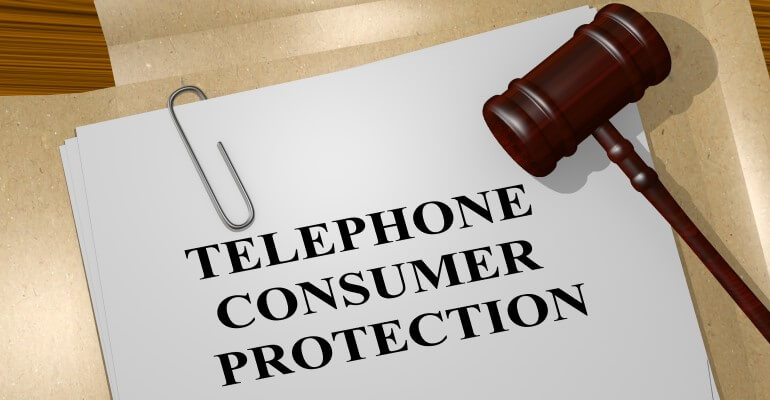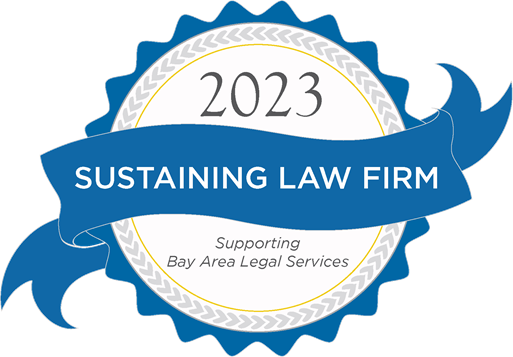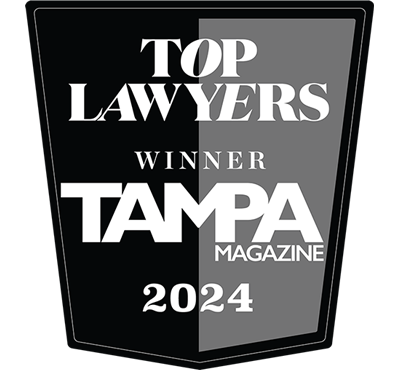
The EEOC Claim Process: How Long Does It Take?
The Equal Employment Opportunity Commission (EEOC) is a neutral third party that investigates employee claims of discrimination in the workplace. Anyone can file a complaint with the EEOC if they believe they’ve been discriminated against by their employer, or if they believe their employer has acted out of retaliation.
However, not every claim will make its way to litigation. In fact, only a small fraction of the claims the EEOC investigates end up going into litigation, and this is one reason why it’s important to file a claim with the EEOC as soon as possible. Don’t wait before the statute of limitations runs out and take advantage of your records and memories of the incident still being fresh.
The EEOC process can be extremely lengthy, taking up to a year, or longer, from the time you file a Charge until you receive a determination from the EEOC. The EEOC makes different types of determination ranging from a “cause” finding to a “no cause” finding. No cause findings are the most common determination made by the EEOC. This means that the EEOC has concluded no unlawful discrimination occurred based upon the evidence obtained in its investigation, and the charging party may then file a private lawsuit. Reasonable cause determinations are far less common and are generally followed by EEOC efforts to conciliate the discriminatory issues which gave rise to the initial charge.
How Does the EEOC Claim Process Work?
Exactly how long your EEOC investigation will take depends on several factors. First, the specific charges that are filed can factor into how long the EEOC process takes. The different types of discrimination that you can file an EEOC claim against include:
- Age (if you’re 40 or older)
- Disability
- Equal compensation
- Genetics
- Harassment
- National origin
- Pregnancy
- Race
- Religion
- Retaliation
- Sex
- Sexual harassment
The company under investigation will need to provide statements and documents to the EEOC, which will vary depending on the type of investigation. The EEOC process may also involve the EEOC conducting interviews or “on-site” inspections. How long the EEOC takes to conduct interviews and gather the required paperwork and documentation varies from investigation to investigation. Some companies are more prompt than others in giving the EEOC everything it needs to conduct the investigation, which helps speed up the EEOC process. Others do not participate at all, which dramatically impedes the process.
Understanding the EEOC investigation process
The EEOC has a process for investigating claims of discrimination and retaliatory practices at companies. Here’s a rundown of what to expect when filing a claim.
The EEOC will contact the company within 10 days
The first part of the EEOC process is to contact the company within 10 days to let them know a claim has been filed against them and what that claim is. The company or organization will be able to log in to a secure website to look at the claim and decide what action to take next.
The company may decide to settle the claim without an investigation
Many charges filed with the EEOC are resolved by the company and the party making the claim through mediation or settlement. These are voluntary processes that take less time to resolve than litigation. It’s also usually less expensive than litigation for both parties. It’s possible the employer may make some type of financial payment to the person filing the claim.
If you file a claim with the EEOC and decide to participate in mediation with your current or former employer, make sure you have a lawyer you trust by your side to ensure you the mediation process is fair. Even though it’s not the same as going to court, mediation is still a formal process that involves heavy negotiation. Based on our professional experience, you’ll want someone who has been through the process before and knows exactly how to negotiate the best deal for you.
If you don’t go through mediation, the EEOC will continue with their investigation
If you don’t go through mediation or settlement, it’s likely because you either don’t want to or because your case isn’t deemed eligible for mediation by the EEOC. The next step in the EEOC process is a formal investigation. This is where both you and your employer provide information to the EEOC, which the assigned EEOC investigator analyzes before making a recommendation on whether to pursue an unlawful discrimination case.
Things the EEOC might ask your employer to do may include:
- Submit a statement of position, in which the organization gets to tell its version of the story.
- Fill out a request for information (RFI) that the EEOC sends. This can ask the organization to submit documents such as personnel files, policies, and other information that’s relevant to the case.
- Allow the EEOC to make an on-site visit to the organization, sometimes in place of an RFI if the information is easily accessible on-site for the investigator to see. The visit often expedites the process, so if your organization agrees to one, it could shorten the amount of time it takes for you to get the results of your EEOC investigation.
- Make employees available for witness interviews. There can be an organization representative present during management interviews, but the EEOC investigator can interview anyone below the management level without having others in the organization present. Investigators can also conduct interviews with non-management employees without the employer’s permission.
If your employer cooperates, the EEOC process will be that much smoother for all parties involved. If the organization under investigation refuses to cooperate, however, the EEOC can still obtain the documents they need in addition to getting testimony and access to the facilities by issuing a subpoena to the organization. This will, of course, take longer and drag out the investigation, which is why it’s hard to say exactly how long your EEOC investigation will take.
The EEOC investigator will make a recommendation
After reviewing relevant documents, exploring on-site facilities, and interviewing witnesses for both the claimant and organization, the EEOC investigator will make a recommendation. There are three ways it can go:
- If the EEOC does not find there is reasonable cause to believe that the organization committed an act of discrimination, then you (the charging party) and the organization will receive a Dismissal and Notice of Rights notice from the EEOC. With this notice, you can still file a lawsuit in federal court if you do so within 90 days of receiving it.
- If the EEOC finds that there is reasonable cause to believe that the organization committed an act of discrimination, then you and the organization will receive a Letter of Determination. This letter states that the EEOC finds there’s reason to believe an act of discrimination took place, and this is an invitation for you and your employer to seek resolution through the informal process of conciliation.
- If conciliation is unsuccessful in resolving the claim, then the EEOC can file a lawsuit in federal court. If the EEOC decides not to file a lawsuit, then you’ll get a Notice of Right to Sue, which allows you to file a lawsuit in federal court within 90 days of receiving the notice.
What to expect from your investigator during the EEOC process
Though the EEOC process is straightforward, events don’t always happen in a quick, linear fashion. No matter what your claim is, there are several things you should expect from your EEOC investigator throughout the EEOC complaint process, such as:
The EEOC will:
- Always be available to answer your questions about any part of the investigation.
- Give you status updates throughout the investigation when prompted.
- Give you and the organization under investigation a copy of the rights and responsibilities of the parties.
- Allow the organization to make a response to the allegations so both sides have a fair chance to make a statement about the claim.
- Conduct the investigation as timely as possible, given the nature of the claim and the level of cooperation given by the organization being investigated.
- Inform the claimant and the organization of the outcome of the investigation once the EEOC investigator has made a decision.
Take action today!
Your case is a ticking clock, and time may be running out. If you believe you’ve been wronged by your employer, speak with an employment law attorney at Wenzel Fenton Cabassa, P.A. to preserve your rights.
If you’re ready to file a claim with the EEOC, or if you’ve recently done so, contact us today. You’ll want a lawyer involved as early in the process as possible to ensure you’re getting the best outcome from an EEOC investigation.
Please Note: At the time this article was written, the information contained within it was current based on the prevailing law at the time. Laws and precedents are subject to change, so this information may not be up to date. Always speak with a law firm regarding any legal situation to get the most current information available.








